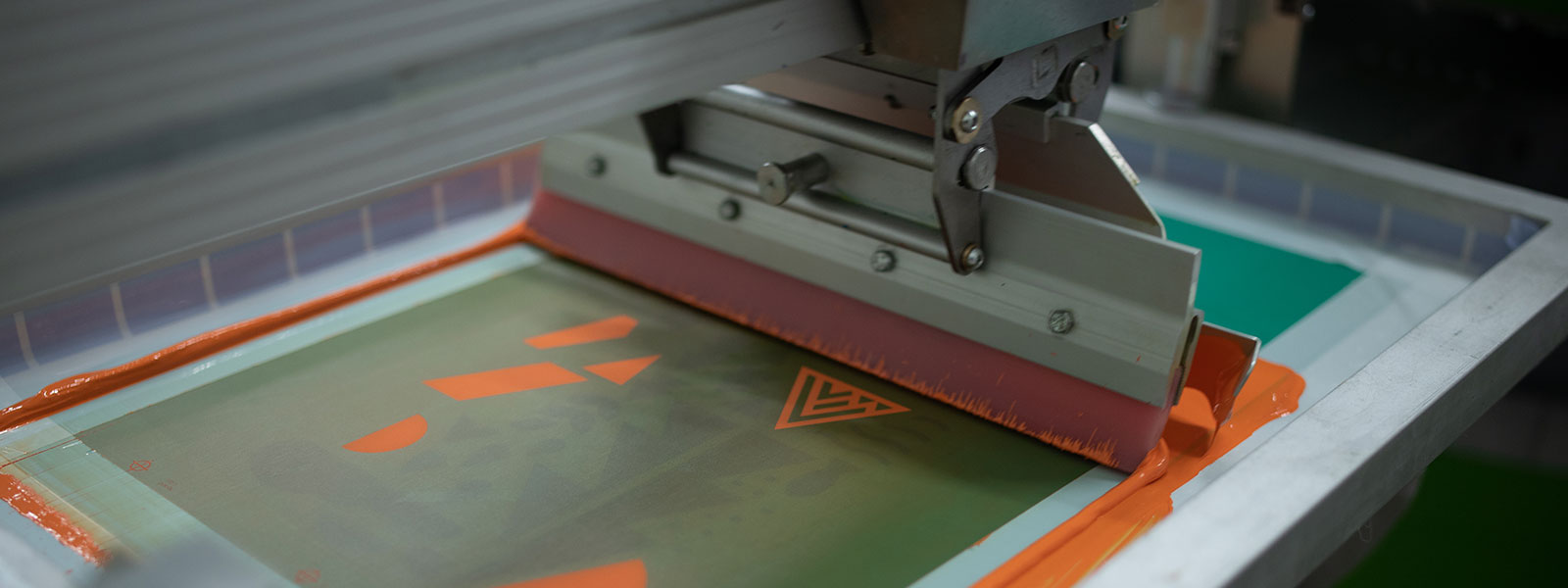
SCREEN PRINTING
Screen printing is the core of what we do at Bison.
We have dedicated significant resources, both in terms of equipment and skilled personnel, to excel in this printing method. This translates to high-quality printed garments for our clients. Below are some of the most common forms of screen printing that we offer.
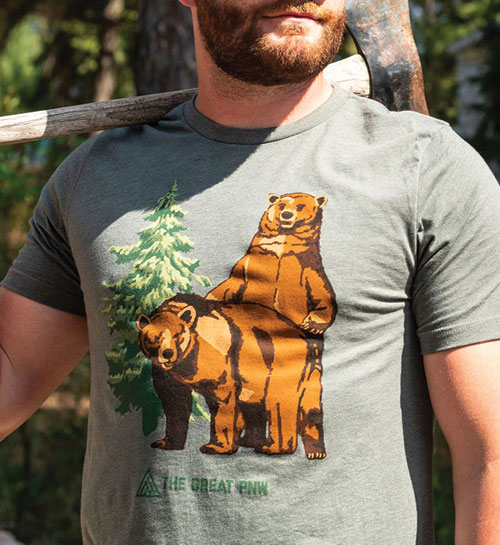
Plastisol Printing
One key advantage of plastisol ink is that it does not dry until cured with heat, allowing for greater control and fewer errors during printing. The resulting prints are often characterized by a slightly raised, textured feel and excellent longevity even after many washes.
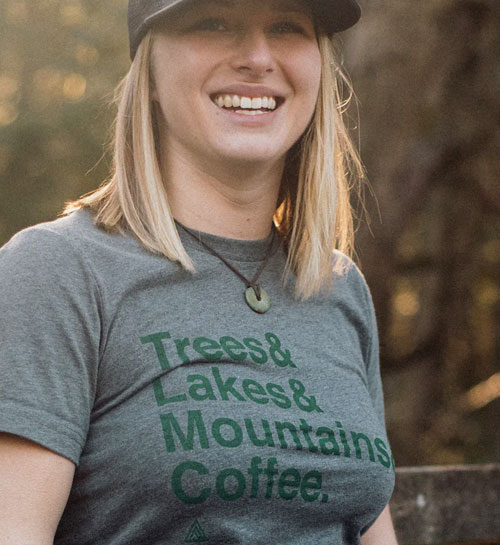
Water Based Printing
Water-based screen printing is a technique that utilizes inks composed primarily of water as the solvent, making it an eco-friendly option. These inks are known for their soft hand feel, as they absorb into the fabric rather than sitting on top, resulting in a print that is smooth to the touch.
Unlike plastisol inks, water-based inks dry quickly, which can require more precise handling but also allows for detailed, fine-line designs. This method is particularly valued for its breathable prints and environmentally sustainable properties, as it produces less waste.
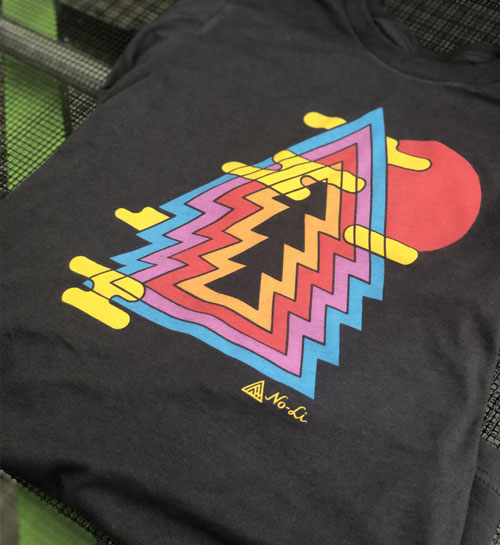
Discharge Printing
Discharge printing is a specialized screen printing technique that removes the dye from dark-colored fabrics, replacing it with a new color and leaving a soft print. This method involves using a discharge ink, which contains an agent that deactivates the fabric’s dye when activated by heat.
Unlike other printing methods, discharge printing results in a print that is virtually indistinguishable from the original fabric, maintaining its softness and breathability. This technique is especially popular for achieving bright, high-quality prints on dark garments without the heavy feel of traditional inks.
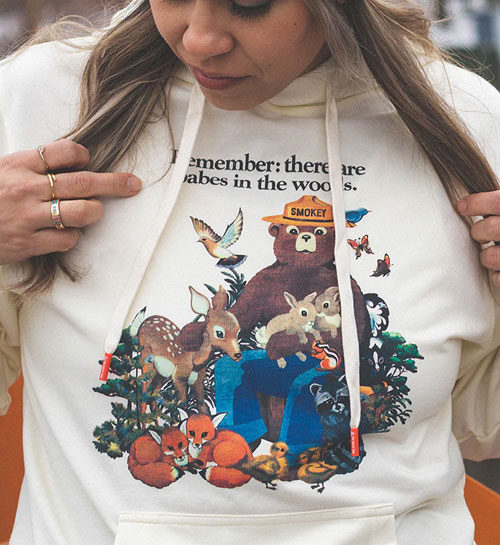
CMYK Printing
CMYK screen printing is a technique that uses four primary ink colors—cyan, magenta, yellow, and black—to create full-color images on garments. This process involves separating the design into these four color components, each of which is printed using its own screen. The inks are layered in precise amounts to blend together, producing a wide range of colors and detailed, photorealistic images.
This method is ideal for designs with complex shading and gradients, as the transparency of the inks allows them to mix and form new colors directly on the fabric. CMYK screen printing is particularly effective on light-colored garments, providing vibrant and accurate reproductions of intricate artwork and photographs.
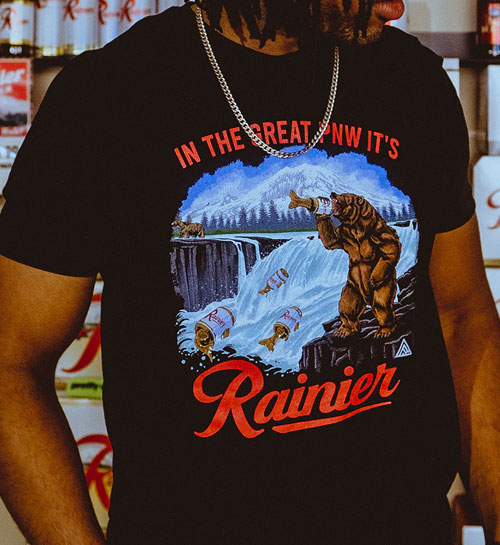
Simulated Process Printing
Simulated Process screen printing is an advanced technique used to achieve detailed, full-color images on garments, often replicating the look of photographic prints. This method uses a limited number of screens to layer colors to create the illusion of a wide color gamut.
Unlike traditional four-color process printing, simulated process can be used on both light and dark garments, providing greater versatility and vibrancy. This technique is highly valued for its ability to produce complex, multi-colored images with fine detail and smooth gradients, making it ideal for intricate designs.
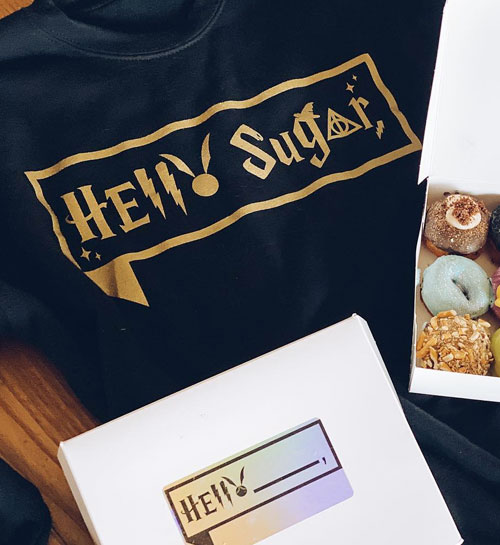
Metallic Printing
Metallic screen printing is a technique that uses special inks infused with metallic particles to create prints with a shiny, reflective finish. The metallic particles in the ink give the print a glittering effect that catches the light, making it stand out and adding a touch of luxury to the garment.
Metallic printing is often used for designs that require a bold, eye-catching look, such as logos, decorative accents, and special event apparel. This technique is valued for its ability to produce high-impact visuals with a unique, shimmering appearance that regular inks cannot achieve.
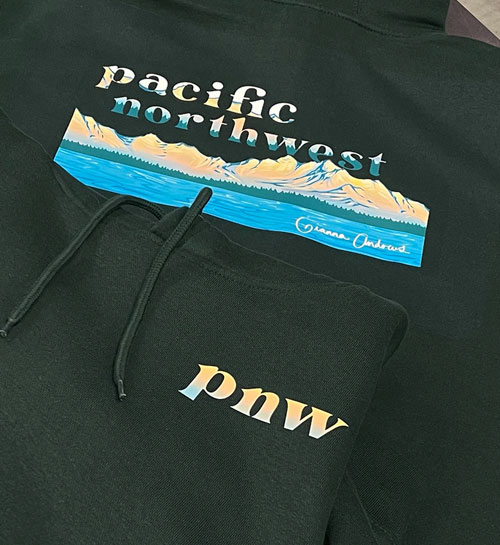
DTF Printing
Direct-to-Film (DTF) printing is an innovative technique that transfers designs onto garments using a special film and adhesive powder. The process starts by printing the design onto a PET film using a specialized inkjet printer with textile inks. Once printed, the design is coated with a fine adhesive powder, which is then melted to form a bond with the ink. The film, with the adhesive-backed design, is then heat-pressed onto the fabric, transferring the image with excellent detail and vibrant colors.
DTF printing is versatile and can be used on a variety of fabrics, including cotton, polyester, and blends, without the need for pre-treatment. This method is highly regarded for its ability to produce durable, high-quality prints with a soft feel, making it ideal for small production runs.
